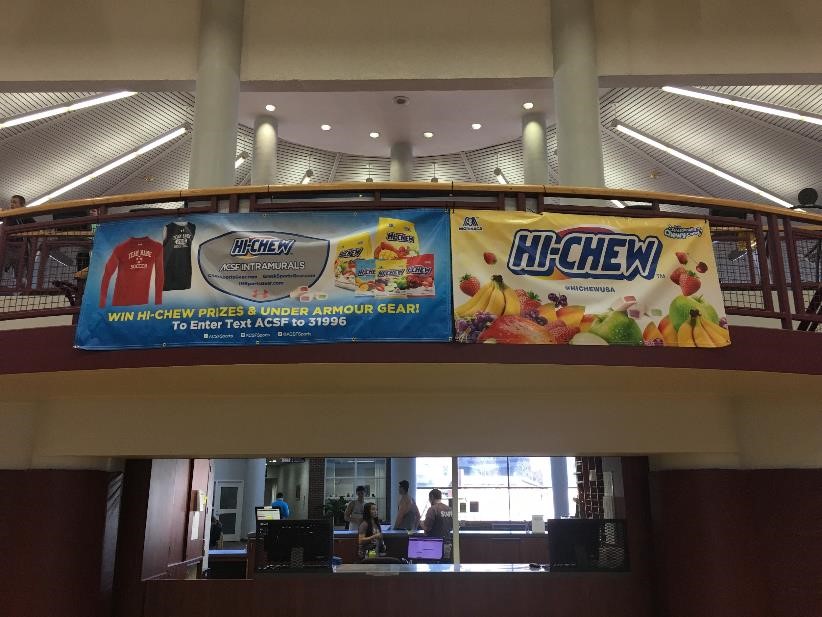Viewpoint: How Can We Tell What Foods Are Healthy?
April 22, 2017
There is a lot of deceptive marketing when it comes to food products. Lately, there has been a trend of advertising that makes certain products seem “healthy” when they have no actual health benefits. Being a college student, we are bombarded with ads every day so it’s hard to see what “healthy” really is. Product labels aren’t any better considering most of these products are “all natural” which leaves a lot of room for interpretation of what “all natural” is.
The sad truth is, most of our favorite drinks, snacks, and meals that we believe are healthy, really are not. A major culprit in this category is sugar-free products and diet soda. Yes, they do not contain any actual sugar, but they use artificial sweeteners to make up for the lack of sugar.
Gluten-free food has also been a controversial topic in today’s society. Unless you have an actual gluten allergy, there are no benefits to cutting gluten out of your diet or starting to eat gluten free foods. Gluten-free foods typically contain more sugar and calories than normal gluten-filled food. Like a lot of other food products, gluten-free food is loaded with sugar and additives to make it seem “healthier” than it really is.
One example I’ve seen on campus is the advertisement seen in the Rec. The product “HI-CHEW” is being loudly shown throughout our fitness center with a picture of multiple fruits and even a giveaway of sports clothing. There have been multiple giveaways of this product with Rec workers handing it out to passersby. The reality is that HI-CHEW is nothing more than a tasty candy that has no actual health benefits.
So why would they advertise at a fitness center? Maybe it’s because there’s a market for sports-candy, but displaying candy with so many fruits in a fitness center I would consider very wrong and deliberately misleading. Take a look at the nutrition label next time you are handed something for free.
Overall, in this day and age, we must be aware of what foods and drinks we depict as “good for us.” There is so much misleading or false advertising out there. It’s up to us to look at the label and do our own research.






